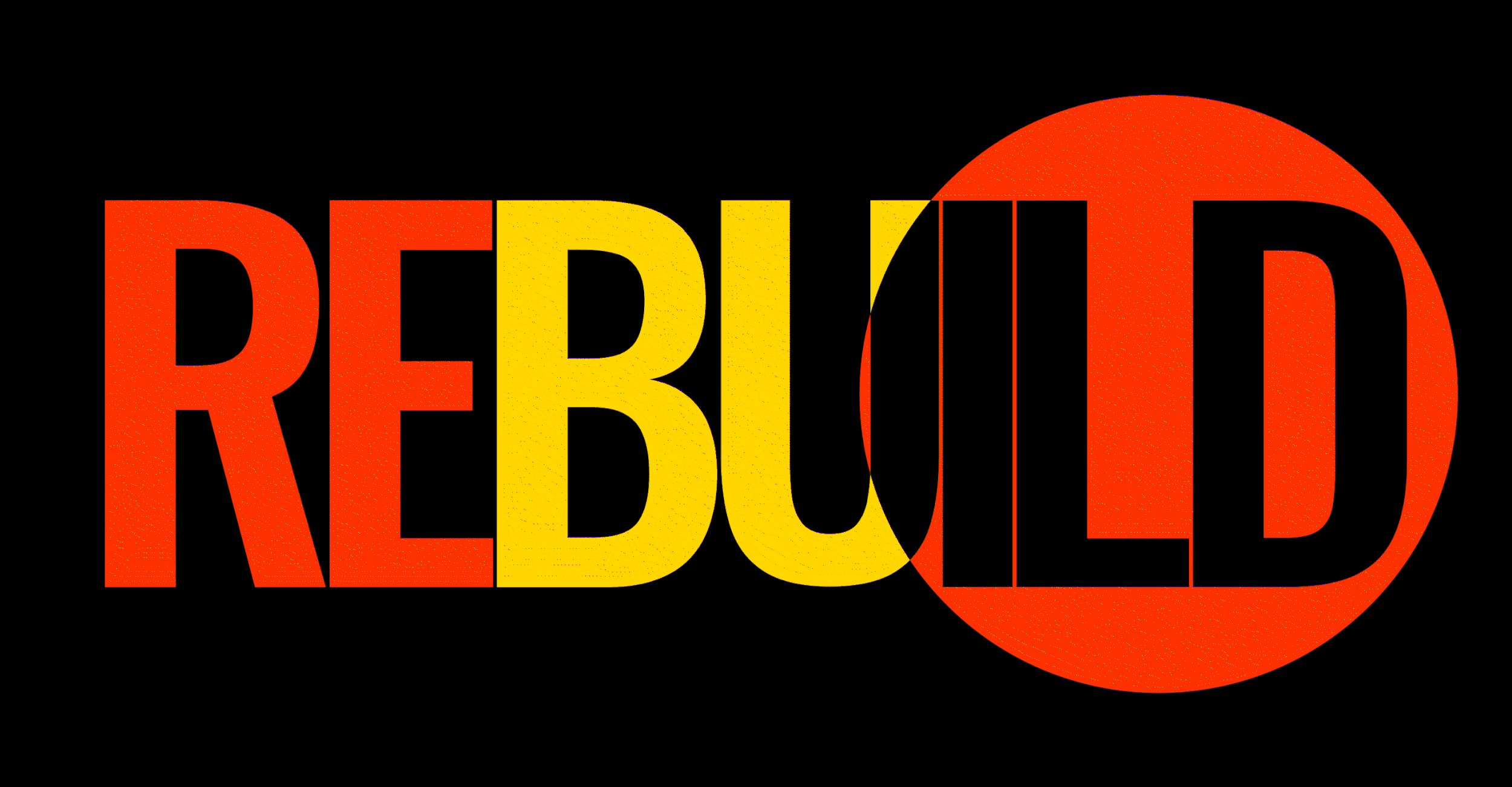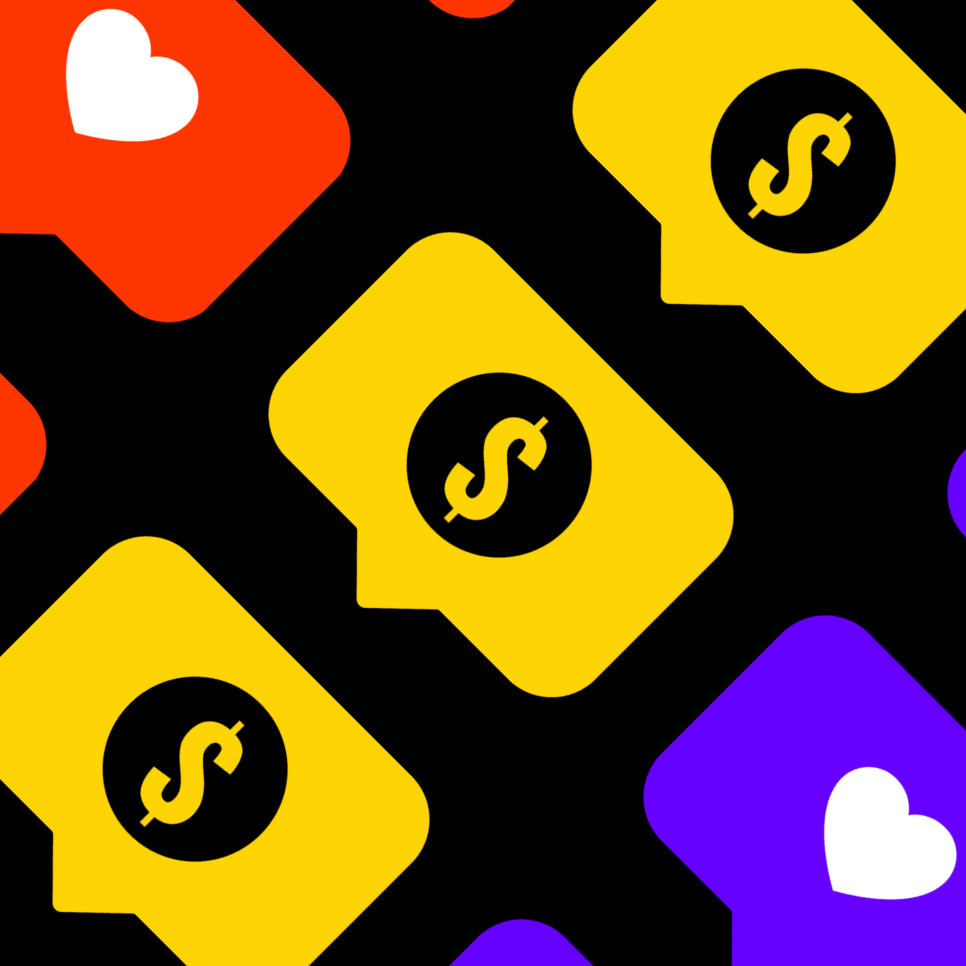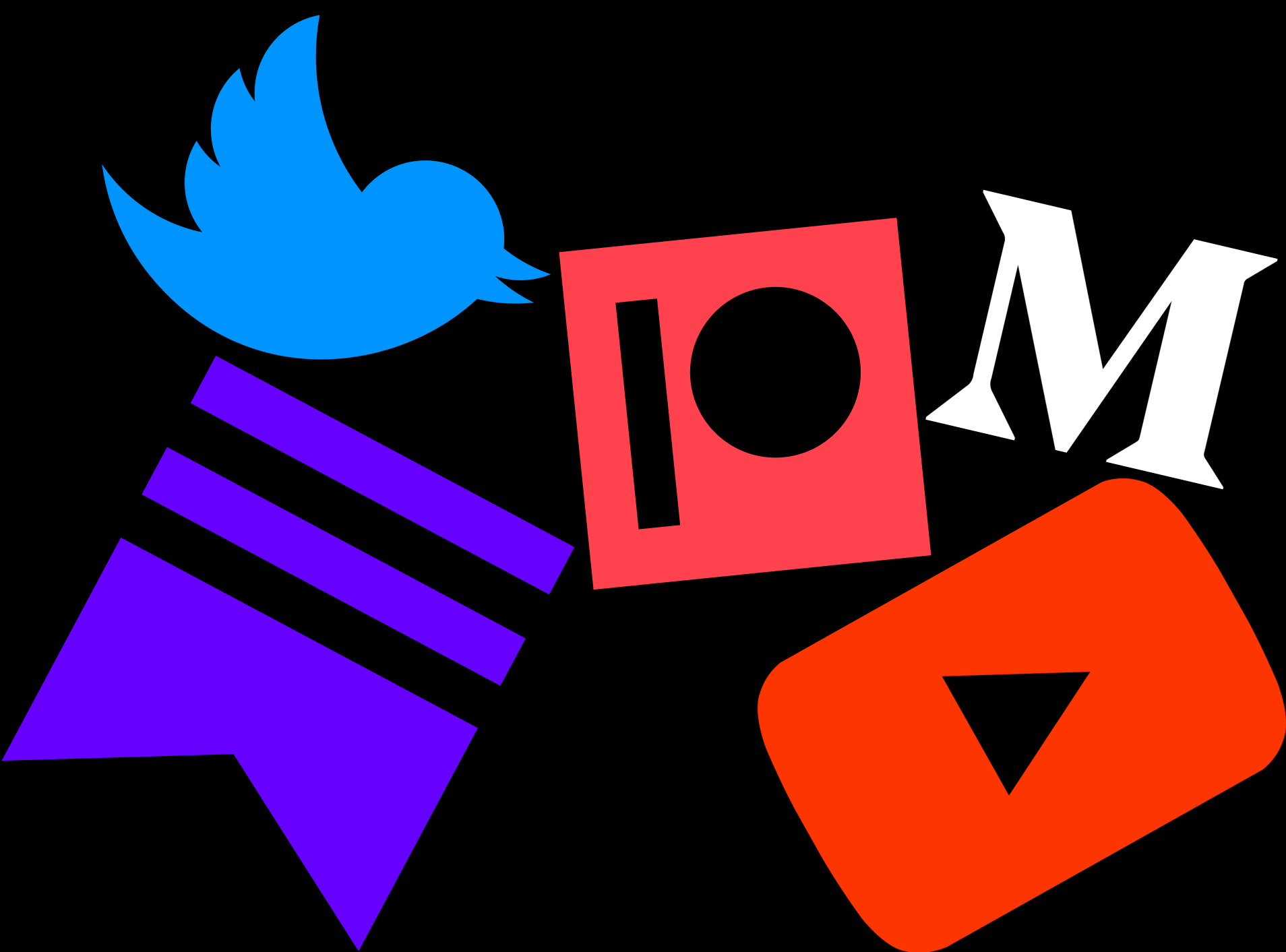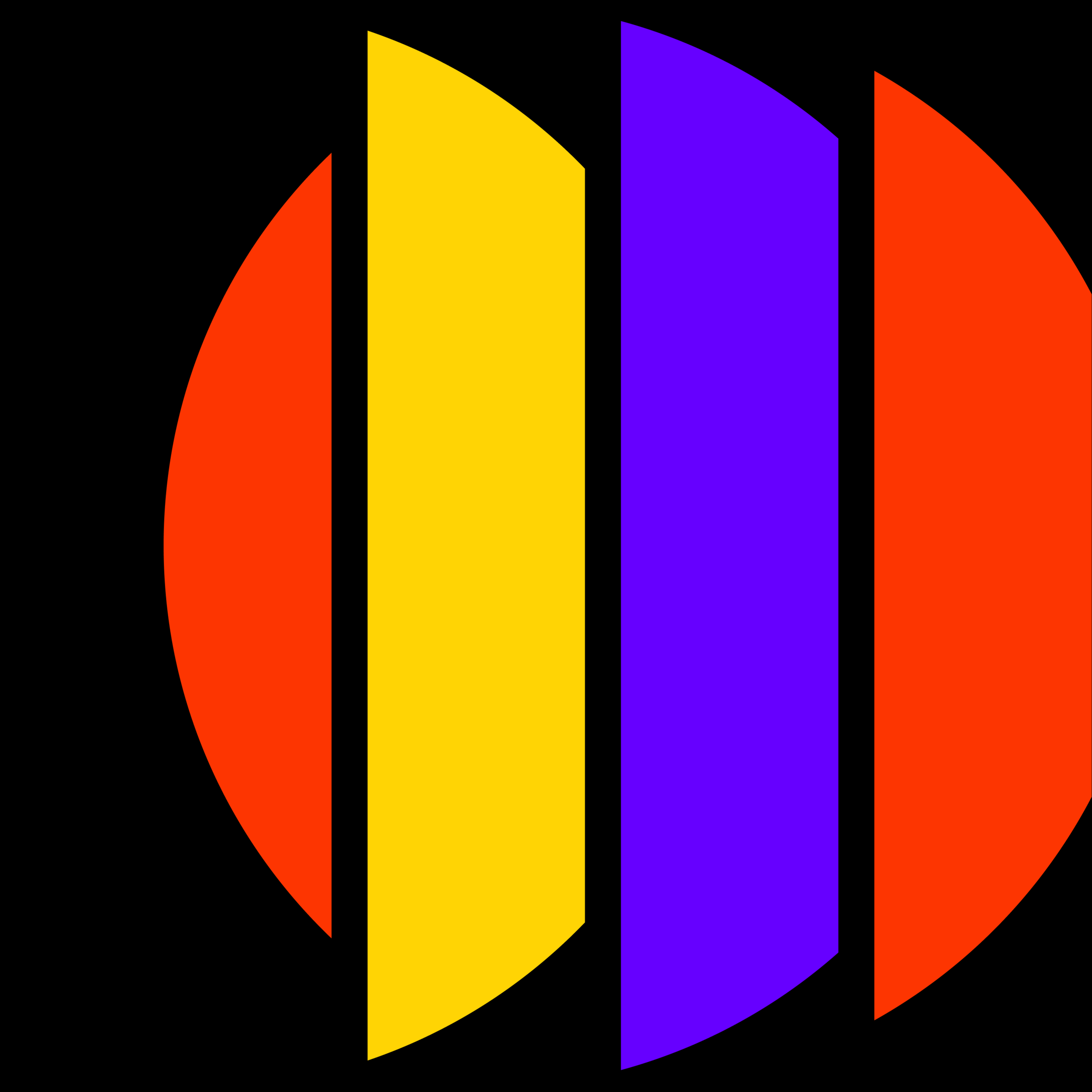Are Ux Designers Expected to Do Graphic Design

The past two years have felt like two decades — and the pandemic isn't over yet.
From rethinking remote work policies to acknowledging the unintended impact of the products we build, designers in 2022 have a unique opportunity to rebuild our practice with a new perspective, incorporating all we've learned since the start of the pandemic.
Since we began publishing this yearly report seven years ago, we have challenged ourselves to discuss the design industry beyond visual and tech trends, taking an honest look at the things we need to improve as a field. After curating and sharing articles daily with more than 450k designers around the world, this year we wanted to focus on possibilities. This is the moment to recalibrate and reimagine what it means to be a designer, to design, and to be part of a design community.
Are you ready to rebuild?

How entry-level designers are reshaping our industry.
Everything Google does has massive scale and reach and its UX Design Certificate launched on Coursera this year (i.e, Google's first step towards disrupting the university degree) is no exception. Since its launch, we at the UX Collective have seen an unbelievable number of designers looking to learn more about UX as a career. This was also the year Glassdoor highlighted UX as one of the 50 best jobs in America.
The certificate offered by Google is just one of the many new education offerings we've seen emerge over the past few years. Design learning shifted from in-person, intensive, and expensive to remote and self-guided. Newly accessible formats include everything from online bootcamps to YouTube playlists, email-based courses, self-guided classes, and more.

To meet the demand for quick certification, newer courses tend to drastically narrow their scope. Most UX courses do not go deep into the foundations of graphic design and UX writing classes tend not to cover UX research. This hyper-specialization works well for global enterprises like Google, but the reality is that in most companies, designers are expected to own all aspects of the experience.
The more senior end of the spectrum is also in flux. With the shift to remote work, it's risky for employers to hire early-career designers since they're not receiving the standard in-person training and guidance. This creates increased demand for senior designers, giving them greater leverage to resign their current jobs and accept one of the many compelling offers they are receiving.
Companies that struggle to hire full-time designers end up tapping into Fiverr, Upwork, Toptal, and similar freelance platforms to meet their short-term needs — which gives newly-certified designers a great opportunity to get hands-on experience. As UX becomes more commoditized, it's easier than ever to hire someone to "do your app UX/UI".
Everyone is a subscription
How content creation is becoming a full-time job for designers.
In 2021 many social media platforms shifted to offer subscription tools for their creators. Confronted with low minimum wages, decreased job security, and 9 to 5 jobs that offer little in the way of flexibility, many people have turned to social media platforms for a new source of income.
The design industry is no exception. Many of us are searching for other means to fulfill our purpose, our career ambitions, and our pockets: more and more designers are launching online courses and paid UX communities, as well as selling UI kits or NFTs. And we're using our skills to our advantage; after all, building brands and converting prospects into paying customers is what we do best.
This growth in paid subscriptions can be positive for our industry. As more UX-related content is produced, it's easier than ever to learn and hone your design skills. Plus, the fact that professionals are paid to create means that the quality of content tends to be high.

We complain that our stakeholders are focused on short-term metrics, but we do the same with our online presence, flooding people's feeds simply to keep engagement metrics high. By focusing on numbers (and our efforts to increase them), we are teaching newcomers that having a large following is equivalent to a successful career.
Your time, attention, and money are limited, so you should choose how you spend them carefully. To avoid (or recover from) the burnout that so many people have been experiencing this year, we should stop worrying so much about catching up with the industry and simply learn how to do nothing from time to time.
As paid subscriptions become more common in the upcoming year, content creators have the responsibility to build positive communities around them. It's time we shifted from reach to depth, and from putting ourselves in the spotlight to acknowledging and sharing other people's work.

Like if you agree, share if you don't.
While some argue that design polls on social media don't work because they're shallow and lack context, they definitely fulfill their purpose: get the author tons of likes and claps. You didn't think this was about getting real design feedback, did you?

Building our own walled gardens.

For some time, we all had the collective delusion that joining audio rooms on Clubhouse was the way we were going to hang out with our designer friends — after spending hours on Zoom calls every day.
Why following a framework doesn't guarantee good results.
Following a process lends structure to our thinking, and can help shift our focus from our individual ideas to our shared goals. A well-established process allows our team to scale, makes our work more predictable, and reduces financial risks for the company. There are good reasons why the design process is a hot topic in our industry.
But... are we over-indexing on process to compensate for lack of trust? It feels safer to trust the process than the designer. A lack of trust can occur between team members as well as between company leadership and their design team. And sometimes we focus too much on the process because we lack trust in our own judgment and skills.
Just because a framework helps you arrive at a decision doesn't mean that decision is the right one. Following a set of steps can streamline the work, but sometimes the right call is to pause, zoom out, and start over with a different approach. After all, no process is linear.

Don't copy what is broken.
Tools, not conveyor belts.
Build trust by delivering.

2021 Highlight: Shit user stories
Collaboration cannot be scheduled
How the pandemic made us too dependent on our calendars.

Look at work, not our faces.
Collaboration is crucial to UX; after all, our users will never interact with our static artboards or UI prototypes. The common practice of jumping straight into Figma, Google Docs, and other tools after we end our calls is a hint that we should put our work (not our faces) at the center of our screen.
Not a one-space-fits-all.
Don't try to copy old models.
Let's take this opportunity to rethink how we can work together in a way that fits everyone's needs — whether over voice notes or words, in real-time or asynchronously. We can do a better job working towards inclusivity in our workspaces, instead of replicating the old office space in a virtual dimension.

That Zoom call could have been a Figjam.
With Figjam, Miro, Freehand, and other whiteboard tools, we designers have finally invited product managers into our world.


You can't cross someone else's cursor in a design file without saying hello or doing a little cursor dance. Come on, don't be rude.
Saving the world is not a KPI
Advocating for people while meeting business goals.

The vast majority of designers work for for-profit companies, and their KPIs involve some sort of transaction with users — whether money, data, or attention. Design is not philanthropy. Similar to other teams like marketing or sales, design teams are an investment that companies make so that over time they can profit more, faster, and more regularly.
Our job isn't to "improve people's lives".
This claim might look good on LinkedIn, but it sounds naive in less hypocritical forums. Our job is to demonstrate to stakeholders through our work that caring for customers actually leads to better business. We need to talk about positive impact through a pragmatic lens if we want our stakeholders to listen.
We have a responsibility.
Your app might not save the world, but you can still strive for equality within your team, accessibility with your products, and sustainable business practice at your company. Through this journey, we might need to form unions, convince stakeholders to give a damn, or even quit our company if we feel it's crossed a line we're not willing to cross.
Good business is human-centric.
Viviane Castillo shows us that it's possible to advocate for people in profit-centric conversations. She's even created an entire course dedicated to creating more humanity-centered practices.
Remember to give a damn.
Be open to honest conversations.
Being more transparent is the first step towards improving our industry. Designer Femke uses her YouTube channel to talk candidly about design salaries and careers.
Design won't save the world but you can still save Design.
It's time to rebuild things right.
As designers in 2022, we have an incredible opportunity ahead of us. With a new generation of designers joining our industry and with our teams finding new ways of collaborating, this is the time to reset and rebuild.
Rather than trying to have all the answers, let's make sure we're asking ourselves the right questions:
-
Which habits are you willing to let go as the world re-opens? Which ones do you consciously want to maintain?
-
How can you go above and beyond in your day-to-day projects and advocate for people when having business-centric conversations?
-
How can you have a more meaningful impact on newcomers, going beyond portfolio reviews and building stronger relationships?
-
What's holding you back from saying no to a meeting invite, or turning your camera off to focus on work?
-
When you post something you've written online, how can you acknowledge and celebrate the people who have published on that topic before?
-
How much are you willing to switch up your design process to generate more interesting outcomes?
-
Wait, you haven't updated your portfolio yet?
Thanks to our readers and writers at the UX Collective for all the ideas you have shared. Here's to a better, more thoughtful, less convoluted future.
The UX Collective (ISSN: 2766-5267) is an independent publication built to help designers think more critically about their work. You can follow our content via Email, Medium, Essays, Twitter, Linkedin.
Special thanks to:
Rafael Frota and the Brazilian UX community
Inspired by the work of:
Precious Madubuike, Vivianne Castillo, Alden Tan, Ryan Anderson, Sheri Byrne-Haber CPACC, JS Tan, Nataliya Nedzhvetskaya, Femke, Michael Buckley, Ian Batterbee, Johann Roduit, Lillian Ayla Ersoy, Shane Close, Jamie Mill, Andrea Mignolo, Robert Sens, Dan Mall, Jorge Arango, Christina Wodtke.
We dedicate this project to all the readers, authors, and friends of the UX Collective.
Are Ux Designers Expected to Do Graphic Design
Source: https://trends.uxdesign.cc/
0 Response to "Are Ux Designers Expected to Do Graphic Design"
Post a Comment